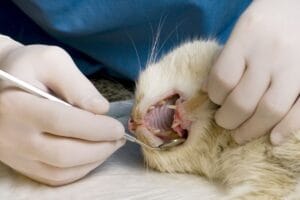Healing Stages for a Cat Abscess (with Pictures)
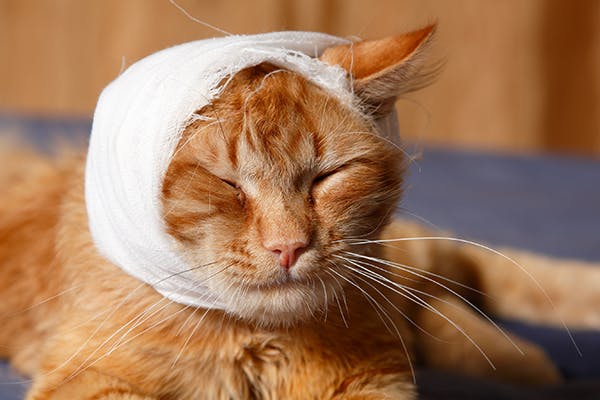
Cats are curious creatures and they love to explore their surroundings. Unfortunately, their curious nature can sometimes lead to injuries, including abscesses. An abscess is a painful, pus-filled lump that develops under the skin. It’s a common problem among cats, and if left untreated, it can lead to serious complications. In this article, we’ll discuss the different healing stages for a cat abscess and what you can do to help your furry friend feel better.
What is a Cat Abscess?
Before we dive into the healing stages, let’s first talk about what a cat abscess is. An abscess is a localized infection that results in the accumulation of pus. This can occur when bacteria enter the body through a wound, such as a scratch or bite. The body responds by sending white blood cells to fight the infection, resulting in the formation of pus. Abscesses can occur anywhere on the body, but they’re most commonly found on the head, neck, and limbs.
5 Healing Stages for a Cat Abscess
There are 5 main healing stages for a cat abscess:
- Injury and Inflammation
- Abscess Formation
- Drainage
- Tissue Formation
- Wound Closure
Stage 1: Injury and Inflammation
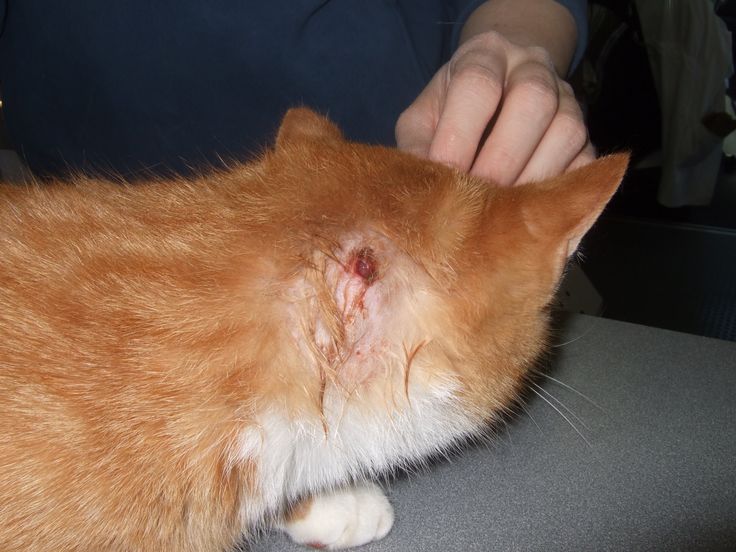
The first stage of healing for a cat abscess involves injury and inflammation, which is characterized by redness, swelling, and warmth in the affected area. This stage usually lasts for a few days, and the cat may exhibit signs of discomfort or pain. If you notice any of these symptoms, it’s important to seek veterinary care as soon as possible to prevent the abscess from progressing to the next stage.
Stage 2: Abscess Formation
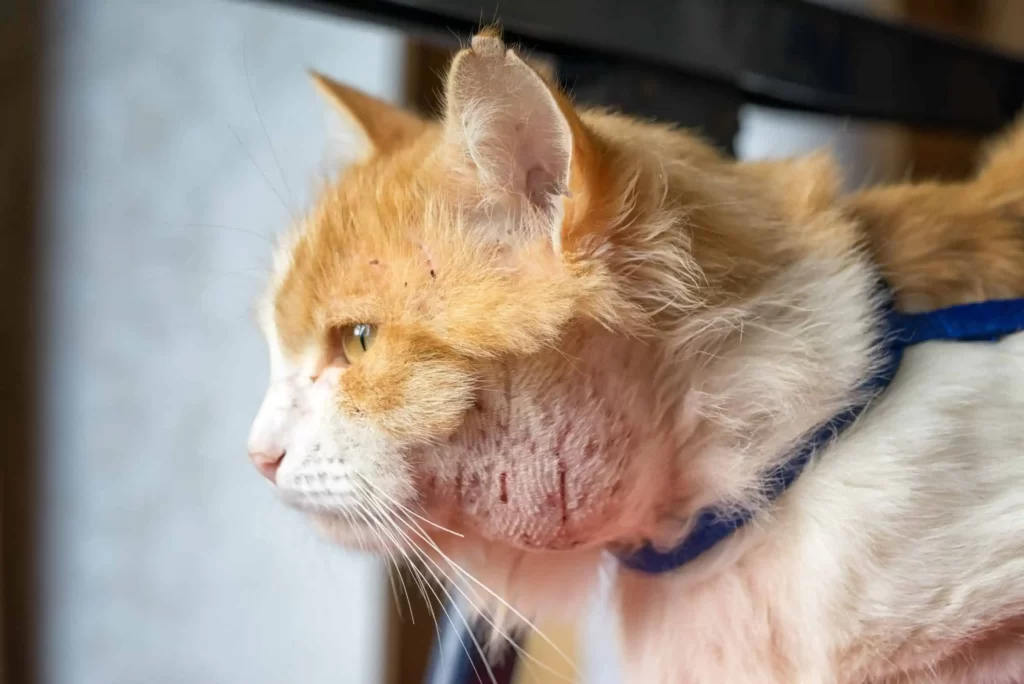
If the infection is not cleared during the inflammation stage, the next stage of healing is abscess formation. At this point, the abscess will become more painful and will continue to grow in size. You may notice a lump or bump under your cat’s skin that is warm to the touch. As the abscess grows, it can cause discomfort, difficulty moving, and even loss of appetite. In severe cases, it may even affect the cat’s ability to walk or jump.
Stage 3: Drainage
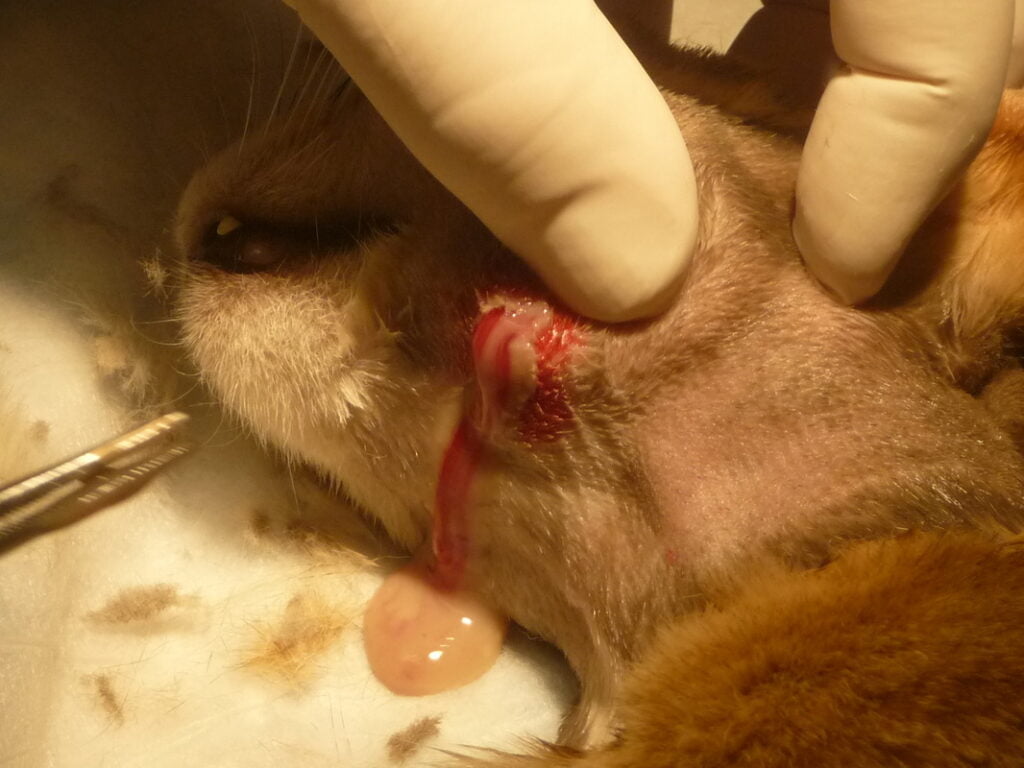
Once the abscess has reached a certain size, it will eventually rupture, causing drainage. This is the most critical stage of healing, and it’s important to keep the wound clean to prevent further infection. Drainage may be accompanied by a foul odor, and your cat may experience discomfort during this process. Your veterinarian will likely recommend antibiotics to prevent further infection and pain medication to help your cat through this stage.
Your Vet may also perform the drainage procedure himself on a swollen abscess, as pictured in the image above. Do not try this yourself at home.
Stage 4: Granulation Tissue Formation
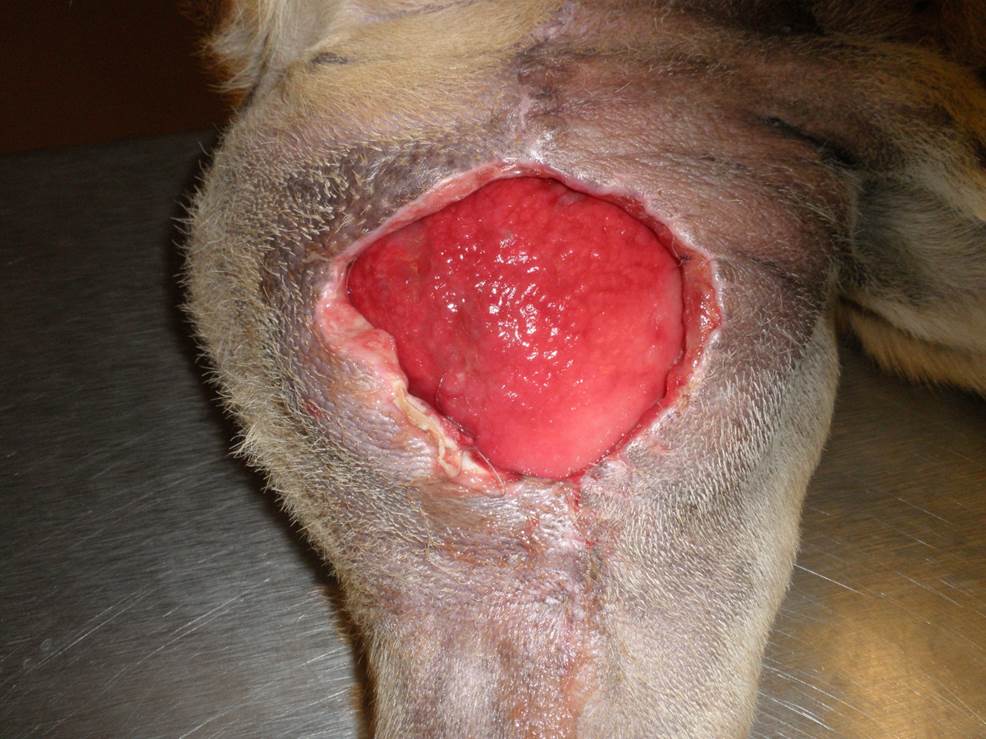
After the abscess has drained, the wound will begin to fill with granulation tissue, which is a sign that the body is working to repair the damage. This process may take several days to a week, and during this time, it’s important to monitor your cat’s wound and keep it clean to prevent further infection.
A cat with an abscess requires a lot of attention and care, some of which must carried out at home (unless you want to visit the vet daily). There are various home treatments you can look into to keep the abscess wound clean.
Stage 5: Wound Closure
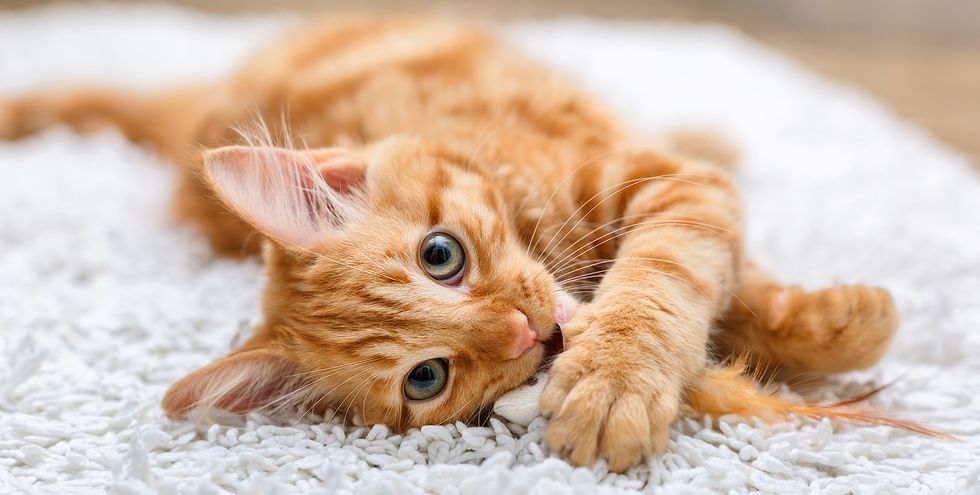
The final stage of healing for a cat abscess is wound closure. This is when the wound has fully healed, and the skin has closed over the affected area. Your veterinarian will likely recommend a follow-up appointment to ensure that the wound has healed properly and to monitor your cat’s overall health.
It’s important to keep an eye on your cat for any signs of recurring abscesses, as they can be a sign of an underlying health issue.
Treatment and General Advice:
If you suspect that your cat has an abscess, it is crucial to seek veterinary care for proper diagnosis and treatment. While some abscesses may heal on their own, it is best not to rely solely on natural healing processes and instead involve a veterinarian in the treatment plan.
To promote healing and prevent further complications, it is important to follow these general guidelines:
- Clean and Maintain the Wound: Keeping the abscess wound clean is crucial for preventing further infection. Gently clean the wound using a saline solution or a mild antiseptic recommended by your veterinarian. Avoid using hydrogen peroxide, as it can damage healthy tissues and delay healing. Use a clean cloth or cotton ball to carefully dab the wound, removing any discharge or debris. Remember to handle the wound gently to minimize discomfort for your cat.
- Encourage Drainage: In some cases, the abscess may need to be drained manually to remove the accumulated pus effectively. Your veterinarian can perform this procedure safely and ensure thorough drainage. However, if the abscess has already burst, continue to monitor the wound for proper drainage. Applying a warm compress to the affected area can help promote drainage and encourage healing. Use a clean cloth soaked in warm water (not hot) and gently place it on the abscess for about 10 minutes a few times a day. The warmth will help soften the abscess and aid in the drainage process. Remember to reheat the compress as needed to maintain a warm temperature.
- Administer Medication as Prescribed: If your veterinarian has prescribed antibiotics or other medications to treat the abscess, follow their instructions carefully. Administer the prescribed medication according to the recommended dosage and duration. Completing the full course of antibiotics is essential to ensure the infection is effectively treated and to prevent the development of antibiotic-resistant bacteria.
Preventing Future Abscesses:
While treating the current abscess is important, taking preventive measures can significantly reduce the likelihood of your cat developing future abscesses. Here are some tips to help prevent abscess formation:
- Minimize Cat Fights: Cats are territorial animals and may engage in fights with other cats, leading to injuries and abscesses. Minimize the risk of cat fights by keeping your cat indoors, providing a safe and enriched environment, and separating cats that do not get along.
- Regular Veterinary Care: Schedule regular veterinary check-ups for your cat to ensure their overall health and well-being. Vaccinations and preventive treatments for parasites can help protect your cat from diseases and reduce the risk of abscesses caused by infections.
- Promptly Treat Wounds and Injuries: Attend to any wounds or injuries your cat may sustain promptly. Clean the wound using a saline solution and consult your veterinarian if the wound is deep or shows signs of infection.
- Maintain Good Hygiene: Regularly groom your cat to keep their skin and coat healthy. This includes brushing their fur to remove loose hair, dirt, and debris that can cause skin irritations or infections.
Conclusion
In conclusion, cat abscesses are a common problem among our feline friends. By understanding the different stages of healing and seeking veterinary care when necessary, you can help your cat recover from this painful condition. Remember to always keep a close eye on your cat and seek medical attention if you notice any signs of an abscess. Prevention is better than cure after all.


